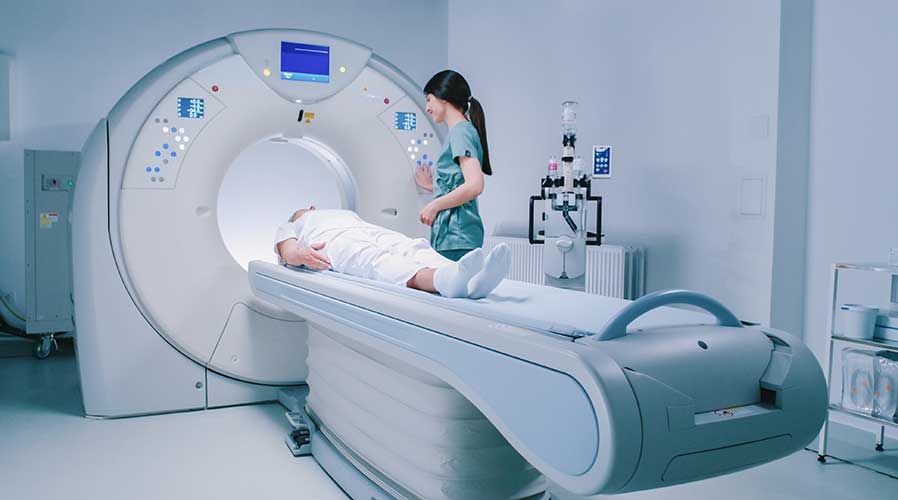
Access Board Sets Transfer Height for Medical Equipment
Minimum technical criteria do not impose any mandatory requirements on healthcare providers or medical device manufacturers. August 12, 2024
By Dan Hounsell, Senior Editor
More than 30 years after the enactment of the Americans with Disabilities Act (ADA), the U.S. Access Board continues to refine and clarify the requirements facilities must meet to ensure access to facilities for all occupants and visitors. And while K-12 schools, government buildings and higher education facilities have received much of the attention related to standards and enforcement, the accessibility guidelines apply equally to healthcare facilities.
Recently, the Access Board issued a final rule specifying a low transfer height of 17 inches for medical diagnostic equipment (MDE) used in the supine, prone, side-lying and the seated position related to the low height specifications for transfer surfaces. The rule removes the sunset provisions in the board’s existing 2017 accessibility standards for MDE, which allowed for a low transfer height of 17-19 inches. The final rule is effective Sept. 23, 2024.
The board’s minimum technical criteria do not impose any mandatory requirements on healthcare providers or medical device manufacturers. Agencies or entities may issue regulations or adopt policies requiring healthcare providers to acquire accessible medical diagnostic equipment that complies with the technical criteria set forth by the Access Board.
Dan Hounsell is senior editor for the facilities market. He has more than 30 years of experience writing about facilities maintenance, engineering and management.
Next
Read next on FacilitiesNet












